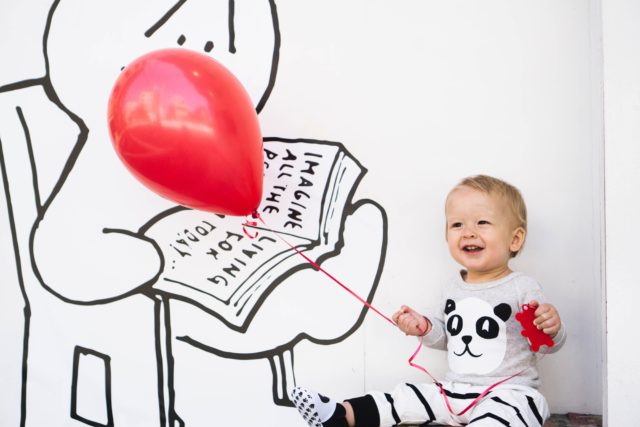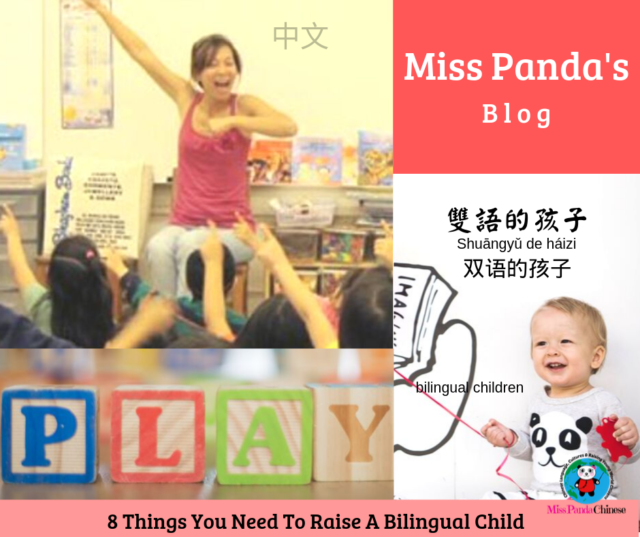Things you need to raise a bilingual child

Children are like sponges. When you go to the storytime in the library you see the little toddlers and preschoolers listen to a story with total concentration. At times, a few of them will share with the group about what they know about the story. Amazing!
Sponges need water. What you provide to your young kid gives her opportunities to absorb and learn.
Raising a bilingual child needs dedication. It is simple but it needs time and efforts. It is like after you plant a seed you will need to give it water every day. You will need to be patient and see it sprout and grow.
Raising a bilingual child is an exciting journey. Here are eight things you need to equip yourself with to start, stay on the journey, and grow with your child on this adventure.
Consistency: It is on top of the list because you need consistency to move forward. If you collect one lego piece a day at the end of the week you will have seven pieces. With these, you can build something that one piece cannot construct. It is the daily effort that keeps you and your child going forward.
Fun: Learning should be filled with fun and joy. Language is about everyday life and about things around our environment. Use the curiosity of your child with learning. A topic of going to the pool can go from “I like to swim.” to the three states of water. Keep it fun and your child will come back for more. Your relationship with your child matters. Play. Learn. Laugh.
Routine: Add the target language to an existing routine to start with. It can be a song for the morning, a word game for the snack time, and a nursery rhyme or a book before bedtime. Start small and then expand.
Listening: This is one of the most important elements in learning a language. The more you and your child listen to the target language the more it sounds familiar to you.
The tones are in the songs. The expressions are in the conversation. The repetition keeps the sound of the language stick.
With the music streaming service, world radio channels, and podcasts accessible in your devices, you can provide your child with sufficient listening opportunities. Make sure you choose a program that fits her current target language proficiency level so she can tune in and have fun with the content.
Seeing: This is where you embrace your home with target language-rich resources. You are connecting the spoken language with the written language. Books and word wall are the basics. Set up a home library with books in the target language. Search online for child-friendly cartoon and animation posters and comics in the target language. Update and rotate your word wall to make it interesting for your child.
Doing: Involve your child with activities that coordinate with a topic she has been introduced to in the target language. Use the target language in the activities. Ask your child to teach you what she has learned. Making cookies in Chinese can feel very different from making cookies in English. Try it. Be playful.
Community: It takes a village to raise a child. On the bilingual journey, the most important support you need is from your spouse. You need to work as a team even if your spouse does not speak the target language or has never learned the target language.
You need to know you are not alone. There is a growing number of parents who are not native speakers of a target language is introducing a new language to their young children. They are just like you and they are reading and doing what you are doing for your child.
The Miss Panda Chinese Guided Program is a learning community for parents and kids coached by Amanda Miss Panda. If you are interested in this program you can sign up here to receive your invitation.
Photo by Alyssa Stevenson

Things you need to raise a bilingual child